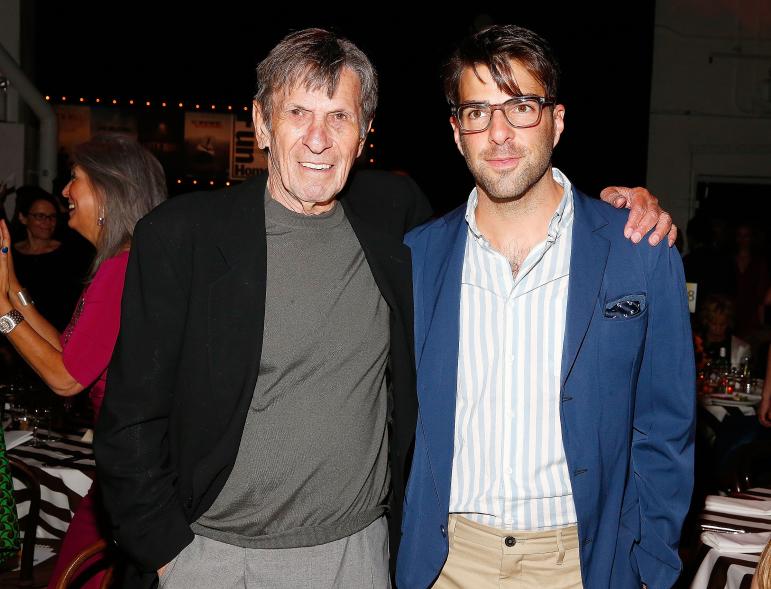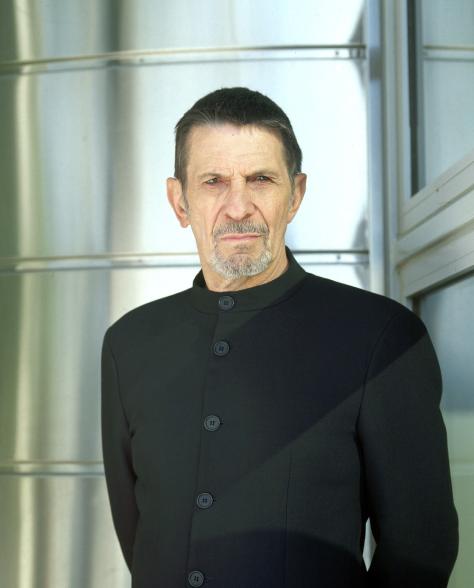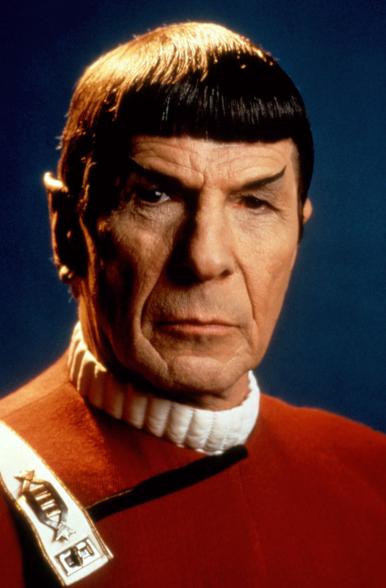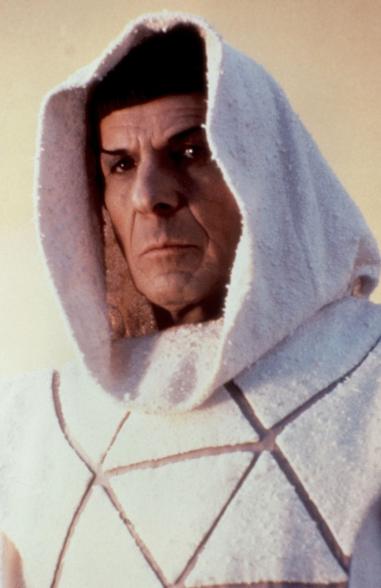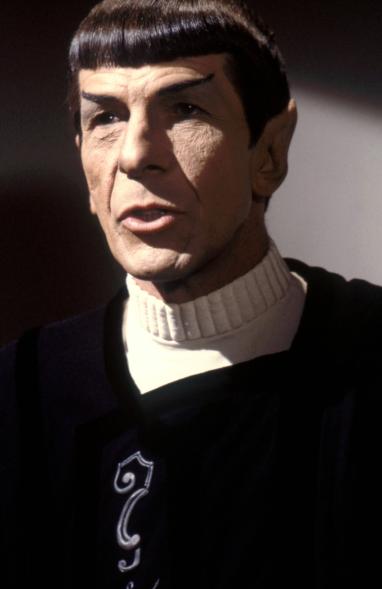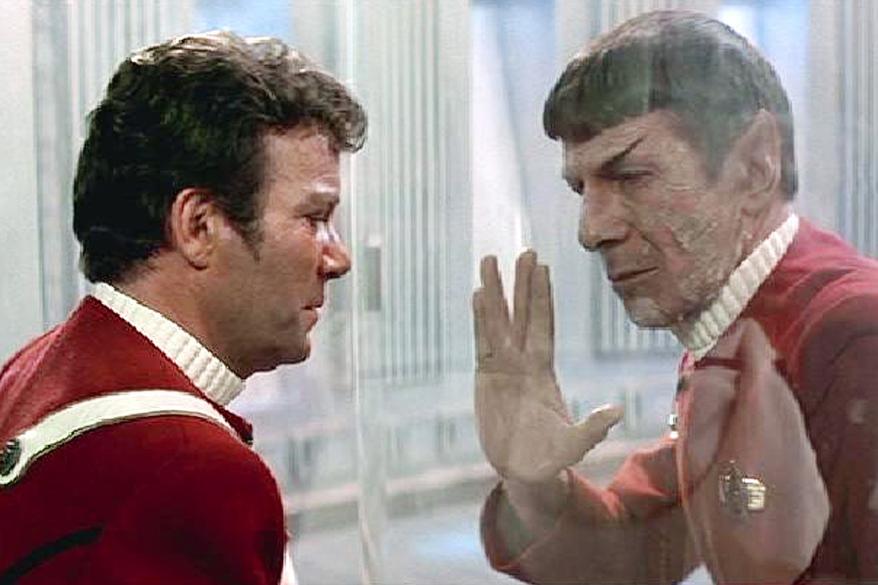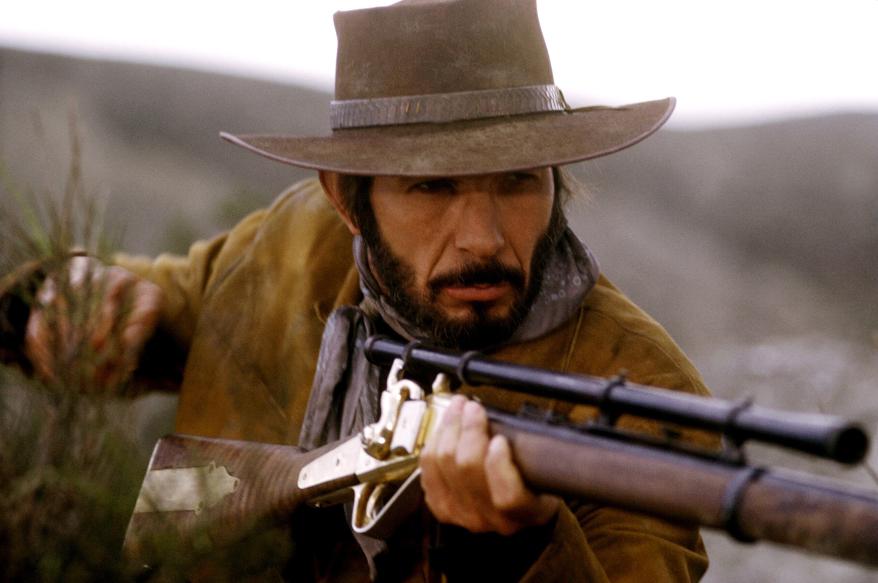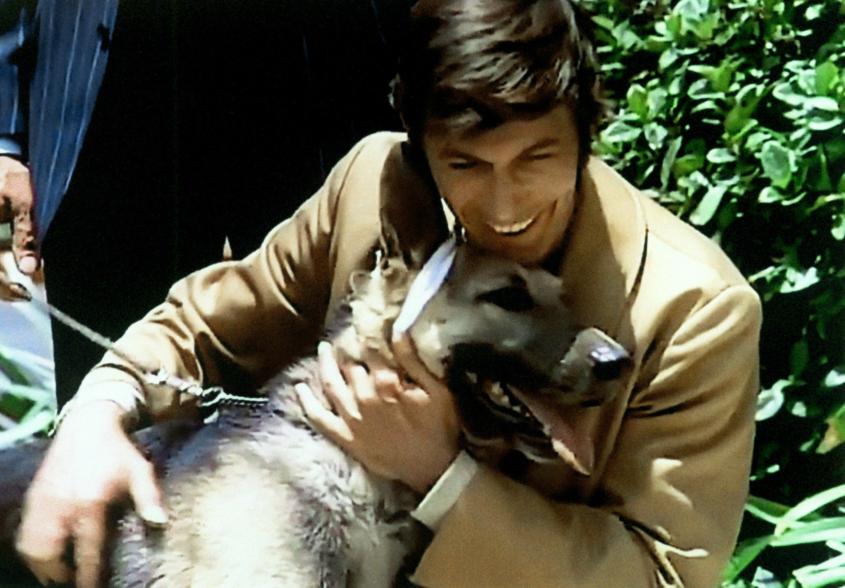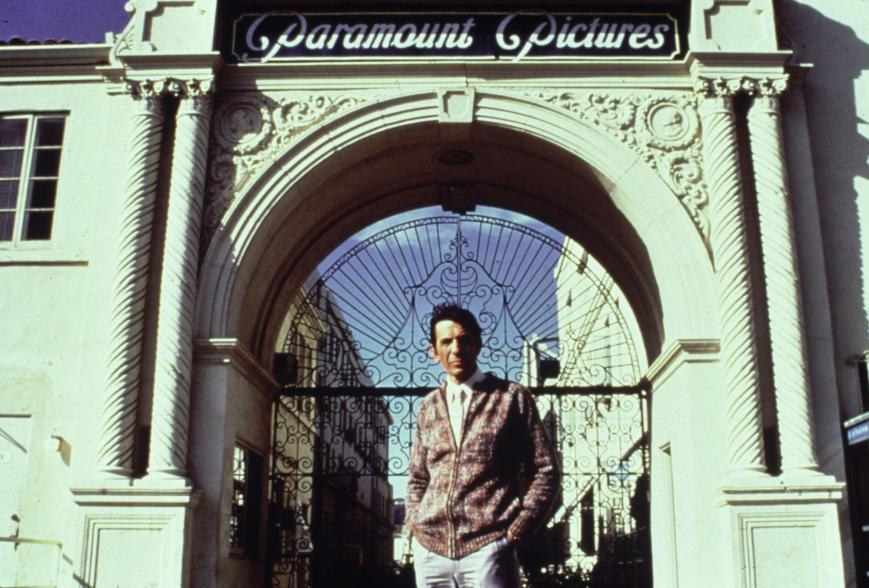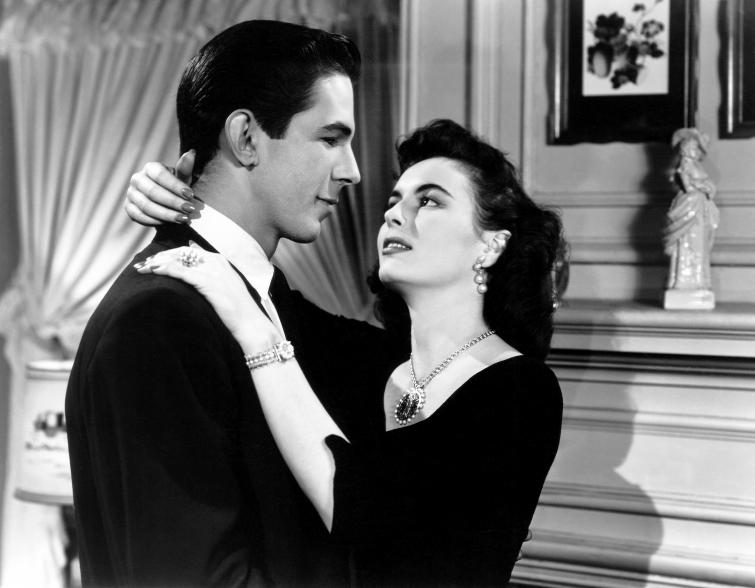Leonard Nimoy, who played Mr. Spock on “Star Trek,” has died.
He was 83.
The actor died Friday morning at his home in Bel Air, California, his wife, Susan Bay Nimoy, confirmed to the New York Times. The cause of death was end-stage chronic obstructive pulmonary disease.
In February 2014, Nimoy revealed his lung disease diagnosis and urged his fans to quit smoking via Twitter (although he had quit 30 years prior).
“Smokers, please understand. If you quit after you’re diagnosed with lung damage it’s too late. Grandpa says learn my lesson. Quit now,” Nimoy wrote to his followers at the time.
He returned to his anti-smoking message a few weeks before his death.
In his portrayal of Spock, a pointy-eared half-Vulcan, Nimoy become synonymous with the catchphrase of the Starship Enterprise’s chief science officer: “Live long and prosper.”
However, in 1977, Nimoy published an autobiography titled “I Am Not Spock.” Then, in 1995, he published another, titled “I Am Spock.” He also published poetry and shared it with his fans on Twitter.
Although Nimoy followed his 1966-69 “Star Trek” run with a notable career as both an actor and director, in the public’s mind he would always be Spock. His half-human, half-Vulcan character was the calm counterpoint to William Shatner’s often emotional Captain Kirk on one of television and film’s most revered cult series.
After “Star Trek” ended, the actor immediately joined the hit adventure series “Mission Impossible” as Paris, the mission team’s master of disguises. From 1976 to 1982, he hosted the syndicated TV series “In Search of …,” which attempted to probe such mysteries as the legend of the Loch Ness Monster and the disappearance of aviator Amelia Earhart.
He played Israeli leader Golda Meir’s husband opposite Ingrid Bergman in the TV drama “A Woman Called Golda” and Vincent van Gogh in “Vincent,” a one-man stage show on the life of the troubled painter. He continued to work well into his 70s, playing gazillionaire genius William Bell in the Fox series “Fringe.”
He also directed several films, including the hit comedy “Three Men and a Baby,” and appeared in such plays as “A Streetcar Named Desire,” ”Cat on a Hot Tin Roof,” ”Fiddler on the Roof,” ”The King and I,” ”My Fair Lady” and “Equus.”
But he could never really escape the role that took him overnight from bit-part actor to TV star, and in a 1995 interview, he sought to analyze the popularity of Spock, the green-blooded space traveler who aspired to live a life based on pure logic.
People identified with Spock because they “recognize in themselves this wish that they could be logical and avoid the pain of anger and confrontation,” Nimoy concluded.
“How many times have we come away from an argument wishing we had said and done something different?” he asked.
In the years immediately after “Star Trek” left television, Nimoy tried to shun the role, but he eventually came to embrace it, lampooning himself on such TV shows as “Futurama,” ”Duckman” and “The Simpsons” and in commercials.
He became Spock after “Star Trek” creator Gene Roddenberry was impressed by his work in guest appearances on the TV shows “The Lieutenant” and “Dr. Kildare.”
The space adventure set in the 23rd century had an unimpressive debut on NBC on Sept. 8, 1966, and it struggled during its three seasons to find an audience other than teenage boys. It seemed headed for oblivion after it was canceled in 1969, but its dedicated legion of fans, who called themselves Trekkies, kept its memory alive with conventions and fan clubs and constant demands that the cast be reassembled for a movie or another TV show.
Trekkies were particularly fond of Spock, often greeting one another with the Vulcan salute and the Vulcan motto, “Live long and prosper,” both of which Nimoy was credited with bringing to the character. He pointed out, however, that the hand gesture was actually derived from one used by rabbis during Hebraic benedictions.
When the cast finally was reassembled for “Star Trek — The Motion Picture,” in 1979, the film was a huge hit and five sequels followed. Nimoy appeared in all of them and directed two. He also guest starred as an older version of himself in some of the episodes of the show’s first spinoff TV series, “Star Trek: The Next Generation.”
“Of course the role changed my career — or rather, gave me one,” he once said. “It made me wealthy by most standards and opened up vast opportunities. It also affected me personally, socially, psychologically, emotionally. … What started out as a welcome job to a hungry actor has become a constant and ongoing influence in my thinking and lifestyle.”
In 2009, he was back in a new big-screen version of “Star Trek,” this time playing an older Spock who meets his younger self, played by Zachary Quinto. Critic Roger Ebert called the older Spock “the most human character in the film.”
Among those seeing the film was President Barack Obama, whose even manner has often been likened to Spock’s.
“Everybody was saying I was Spock, so I figured I should check it out,” Obama said at the time.
Upon the movie’s debut, Nimoy told the Associated Press that in his late 70s, he was probably closer than ever to being as comfortable with himself as the logical Spock always appeared to be.
“I know where I’m going, and I know where I’ve been,” he said. He reprised the role in the 2013 sequel “Star Trek Into Darkness.”
Born in Boston to Jewish immigrants from Russia, Nimoy was raised in an Italian section of the city where, although he counted many Italian-Americans as his friends, he said he also felt the sting of anti-Semitism growing up.
At age 17, he was cast in a local production of Clifford Odets’ “Awake and Sing” as the son in a Jewish family.
“This role, the young man surrounded by a hostile and repressive environment, so touched a responsive chord that I decided to make a career of acting,” he said later.
He won a drama scholarship to Boston College but eventually dropped out, moved to California and took acting lessons at the Pasadena Playhouse.
Soon he had lost his “Boston dead-end” accent, hired an agent and began getting small roles in TV series and movies. He played a baseball player in “Rhubarb” and an Indian in “Old Overland Trail.”
After service in the Army, he returned to Hollywood, working as a taxi driver, vacuum cleaner salesman, movie theater usher and other jobs while looking for acting roles.
In 1954 he married Sandra Zober, a fellow student at the Pasadena Playhouse, and they had two children, Julie and Adam. The couple divorced, and in 1988 he married Susan Bay, a film production executive.









